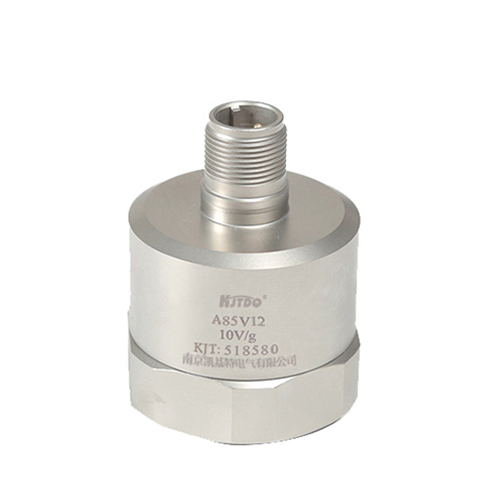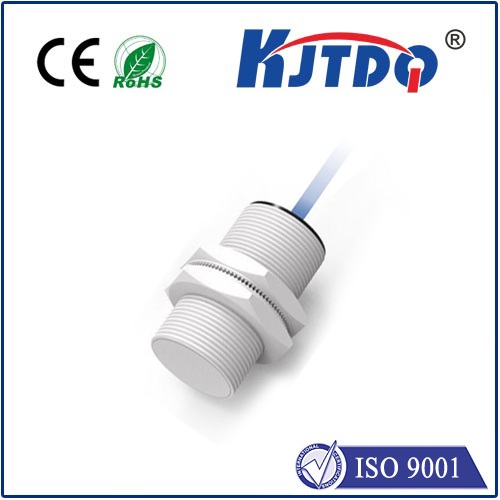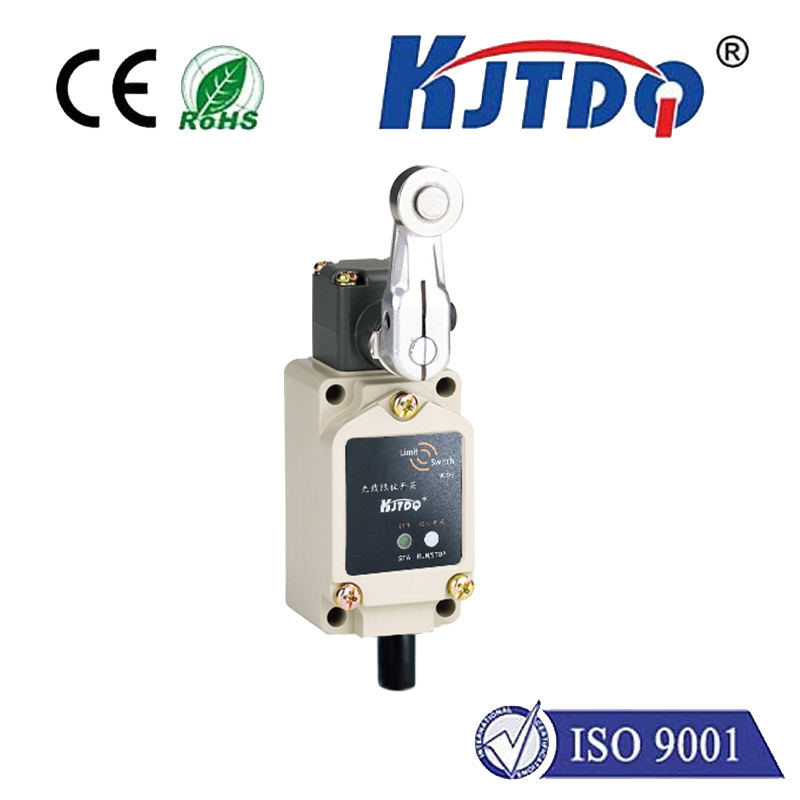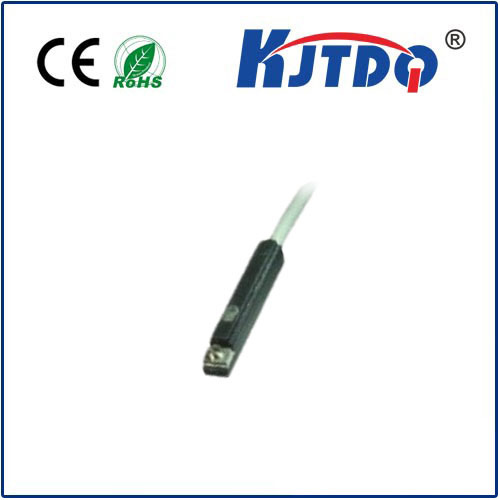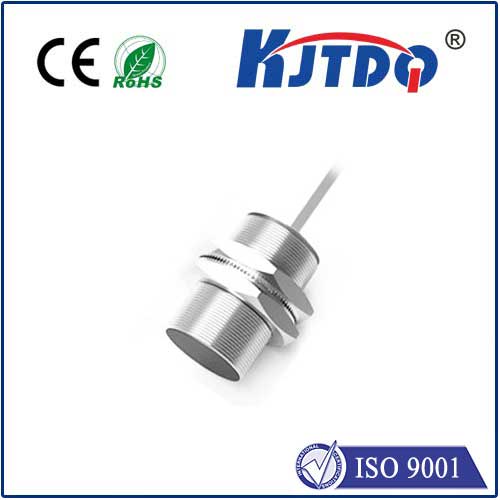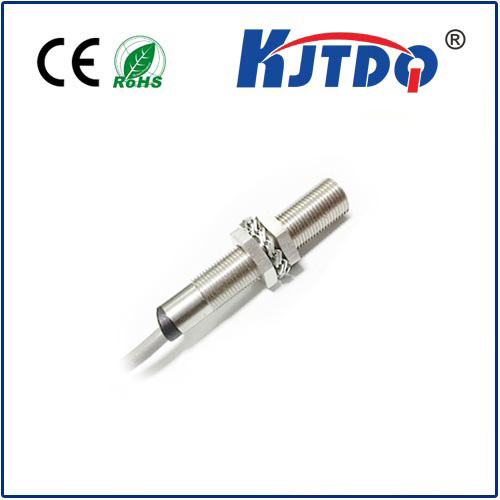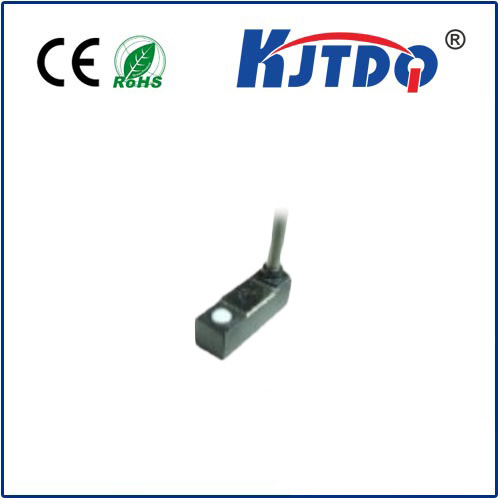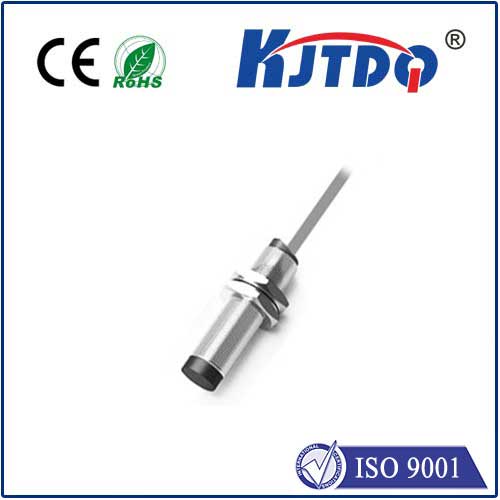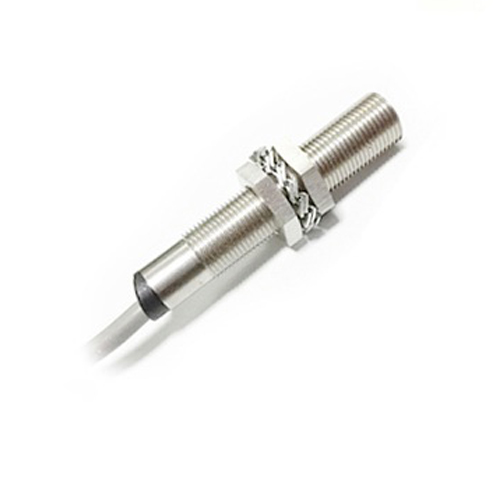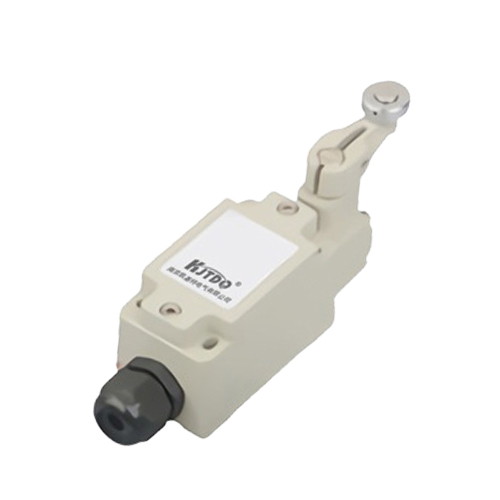

check

check

check

check

check

check

check

check

check

check
In today's world, technology has revolutionized various industries by introducing innovative solutions to everyday problems. One such solution is the use of inductive proximity sensors, which have become increasingly popular due to their ability to detect objects with great accuracy. This technology has numerous applications, from manufacturing and automation to healthcare and security. In this article, we will explore how inductive proximity sensors are detecting objects and changing the way these industries operate.
Section 1: Inductive Proximity Sensors: An Overview
Inductive proximity sensors are small electronic devices that use induction coils to measure the distance between two coils. When a conductive object is placed between the coils, an electrical current is generated, causing a change in the sensor's output signal. By analyzing this signal, the sensor can determine the object's distance from the coils. This technology is widely used in industrial and commercial settings due to its reliability and accuracy.
Section 2: Manufacturing and Automation
One of the most significant benefits of inductive proximity sensors is their ability to improve manufacturing processes. In factories, these sensors can be used to detect obstacles in conveyor belts, monitor machine performance, and ensure proper equipment maintenance. By providing real-time data on machine operation, manufacturers can optimize production lines, reduce downtime, and increase efficiency. Additionally, the use of inductive proximity sensors eliminates the need for human intervention, reducing labor costs and increasing productivity.
Section 3: Healthcare
In the healthcare industry, inductive proximity sensors play a crucial role in patient monitoring and treatment. For example, these sensors can be used to monitor vital signs, such as heart rate and blood pressure, allowing medical professionals to quickly identify any changes or potential issues. In surgical procedures, inductive proximity sensors can be used to guide surgeons and ensure accurate targeting of instruments. Furthermore, these sensors can be worn by patients with chronic conditions, such as diabetes, to monitor their glucose levels and alert them if there are any concerns.
Section 4: Security
In addition to manufacturing and healthcare, inductive proximity sensors are also used in various security systems. In public spaces like airports and shopping malls, these sensors can be used to detect intruders and trigger alarms. They can also be integrated into access control systems, allowing authorized individuals to enter secure areas only. By providing real-time information on potential threats, security professionals can respond quickly and effectively to protect people and property.
Section 5: Future Developments and Innovations
As technology continues to advance, the capabilities of inductive proximity sensors are expected to expand even further. Some researchers are exploring ways to make these sensors smaller and more affordable, making them more accessible for various industries. Additionally, new applications are being developed, such as using inductive proximity sensors to detect fraud in financial transactions or tracking the location of lost items.
Conclusion: Inductive Proximity Sensors: Unleashing the Power of Detection
In summary, inductive proximity sensors have proven to be a valuable tool in detecting objects and transforming various industries through their accuracy and efficiency. From manufacturing and automation to healthcare and security, these tiny devices have made a significant impact on our daily lives. As technology continues to evolve, it's likely that we will see even more innovative uses for inductive proximity sensors in the future.
